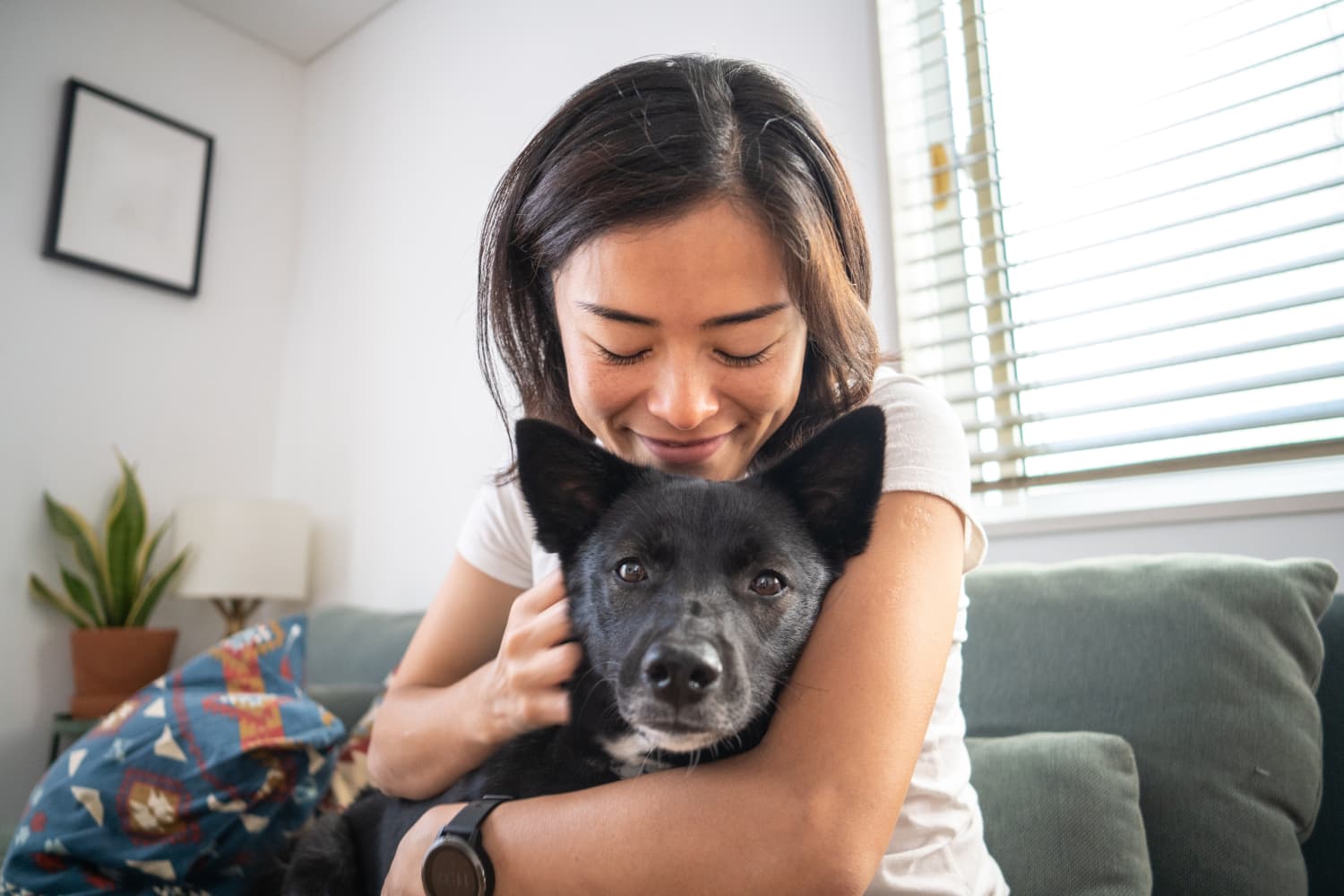
Is your dog your best friend? Same here! And, because she brings me so much joy, she deserves the best: the best snuggles, the best walks, the best toys, and (most importantly!) the best food. As it turns out, that last one can be tricky. With so many conflicting opinions on what to feed dogs (compounded with the fact that my pup has a sensitive tummy), finding the right chow seemed impossible. So I consulted Dr. Carly Fox, NYC’s Animal Medical Center staff doctor, to get some answers.
Whether you just want to feed your furry BFF clean and wholesome meals or have a pup who is picky about what they’ll eat from their bowl (in which case, read this article), Dr. Fox says the most vital thing to consider when shopping for new dog food is to “pick diets that are research-backed, have strict quality control, and employ veterinary nutritionists who make sure that the food is complete and balanced for your pet.” She adds, “Although we love them in the same way, we have to consider that their nutritional requirements are different than ours.”
Wet Food? Dry Food? Both?
“In order to get advantages from both dry and wet foods, I personally feed my dog a combination of dry and canned,” explains Dr. Fox. “Since both dry and canned/fresh/frozen foods offer benefits to our pets, you can feel free to combine them.” While mixing wet and dry can work well for lots of precious pups, there are specific reasons you may want to feed yours a certain type. Dry food, which works well for most dogs, is “helpful to maintain healthy teeth and gums since it physically scrapes tartar off of teeth.” she says. “It’s also a great option for dogs that graze throughout the day, since it can be left out in a bowl without much worry of spoilage. Dry food is easy to measure and has a long shelf life once opened. It also is a less-expensive option, which most pet owners consider when selecting a long-term diet.”
In terms of wet food, canned is a good way to go. Dr. Fox explains that wet food can be a great solution for some dogs who have a hard time tolerating other kinds of chow. “[Wet food is a] great choice for dogs with severe dental disease or those that require an increased water intake throughout the day due to specific disease processes.” She further notes that wet food works well for picky eaters or pups that appreciate variety in their diets due to the increased palatability. Something to note with wet food: Once cans are opened, they do spoil and can take up space in your fridge.
While lots of sources may advise you to cook your dog’s food yourself, Dr. Fox doesn’t recommend doing so unless it’s under the guidance of a boarded veterinary nutritionist. “Most home-cooked diets are deficient in vitamins and nutrients your pet requires.”
“Alternative foods are generally more palatable for pets,” says Dr. Fox. “They may help take a picky eater and turn them into a more consistent eater. Due to the high-calorie count in wet food (and some of the freeze-dried alternatives), it also may help your pet feel fuller faster compared to kibble.” One reminder when you’re making the transition from kibble to an alternative: Be sure to incrementally mix the foods to ease the transition for your doggo. Slowly increasing the quantity of the new food while decreasing the amount of the old food helps your pup avoid any tummy issues and allows you to get a clear understanding of whether or not the new food is the right choice for your deserving pet.
Below are eight healthy kibble alternatives to consider for your beloved pup.
Discover more from reviewer4you.com
Subscribe to get the latest posts to your email.


